Hoi An is one of the best-preserved places in Vietnam. The first impression many tourists get upon arrival in Hoi An is the charm of the many houses of a dark yellow color.
Hoi An has houses built in the French colonial time, Japanese temples, and wooden houses of Chinese merchants. However, the conversion of culture and architectural style is not what makes the unique impression. The most striking thing entering the old town is the characteristic dark yellow color of the majority of houses.
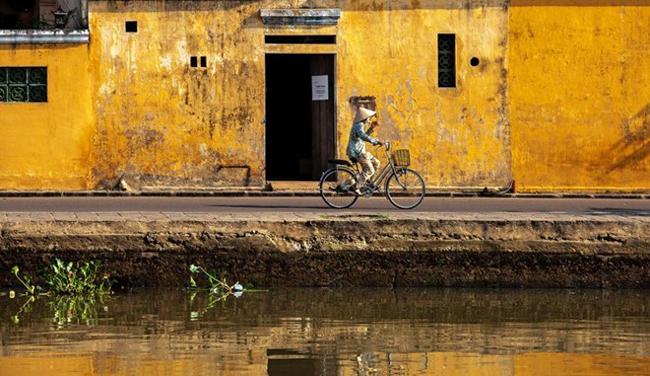
Why is it yellow? In theory, many people believe that yellow is a symbol of royalty. More practically, some people believe that the yellow absorbs less heat, so it is suitable to the humid, tropical weather in Vietnam. For whatever reason, the yellow color reflects the beautiful culture of Vietnam, symbolizing luck, pride and prosperity. Most altars in Vietnamese families are decorated with yellow flowers and gilt ornaments.
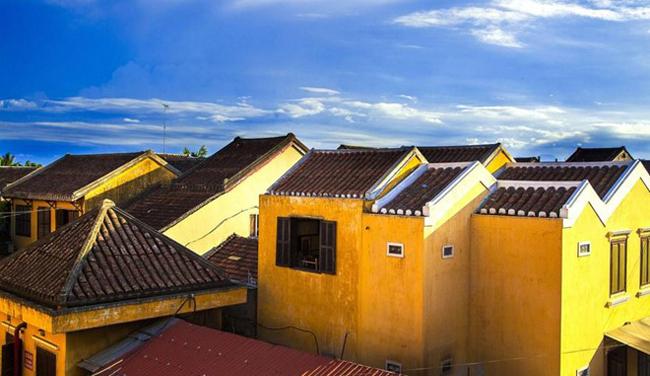
Hoi An has nearly 1,000 ancient houses and of these 844 houses are included on the list of UNESCO’s cultural heritage. These houses have attracted many visitors and artists for centuries.
French photographer Rehahn – who has spent a long time learning about Hoi An – commented: “Hoi An likes an outdoor gallery. The light and yellow walls create the perfect backdrop for any photographic topic and they have constantly inspired me.”
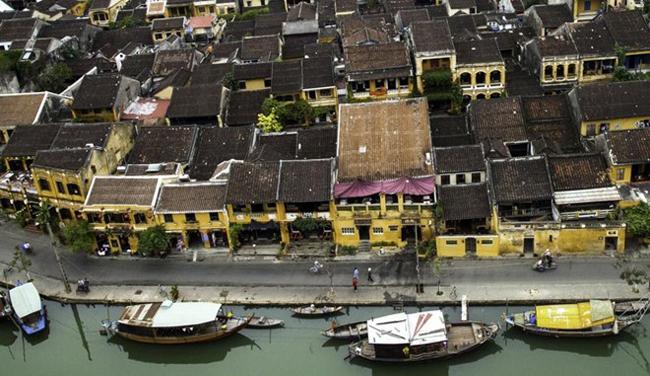
Hoi An ancient town has been strictly conserved, with traditional wooden architecture of the 17th – 18th centuries in the old quarter, canals, bridges and yellow walls everywhere. Through hundreds of years, it has not changed much.
Houses in the old town are unique in design as the entrance faces the street, while the rear door looks to the Thu Bon River.
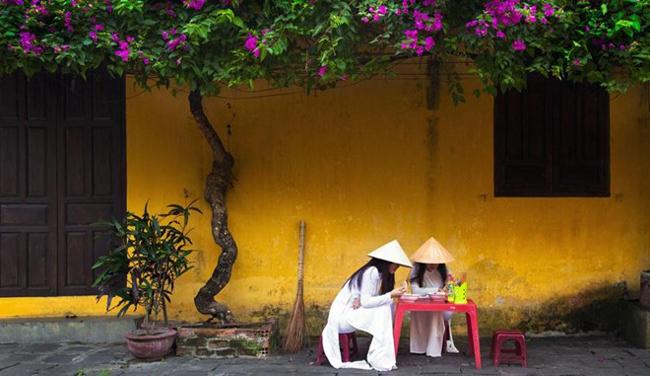
Sunrise in Hoi An has its own charm. The sunlight illuminates the yellow walls, creating a ravishing morning scene. In the quiet of the new day, the rare sound that one can hear is the sound of the broom sweeping houses and clearing the roads.
Japanese houses on Nguyen Thai Hoc and Tran Phu streets. If you get up early, you will see children taking breakfast on the way to school and schoolgirls in traditional dress.
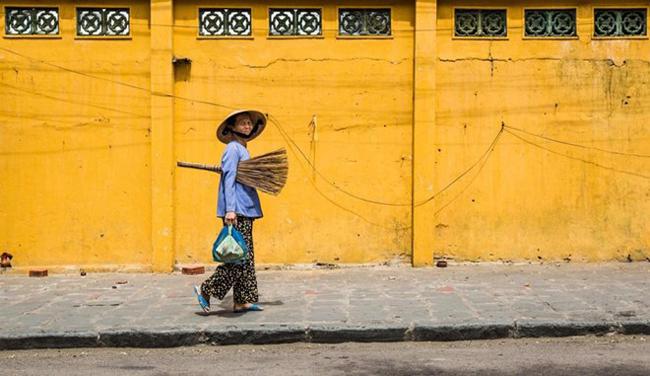
A lot of time has passed but many things in Hoi An are still alive, such as the images of vegetable and fruit vendors. Every day, hundreds of tourists visit the old town.
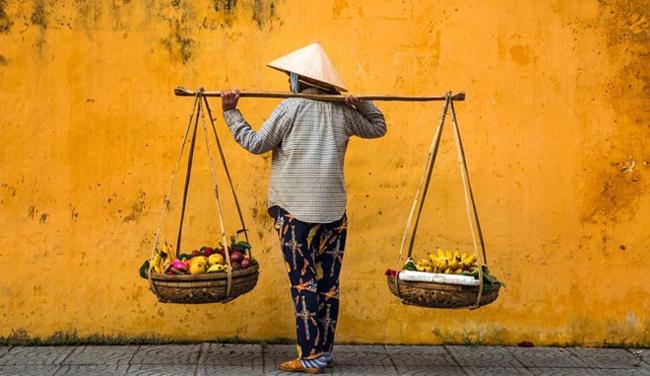
Even if you have been living in Hoi An for many years, you can discover new lanes in the old quarter, which keep their typical yellow color.
If tourists in Vietnam Travel have a chance to visit Quang Nam Province, Hoi An is a must-see place that should not be missed.

